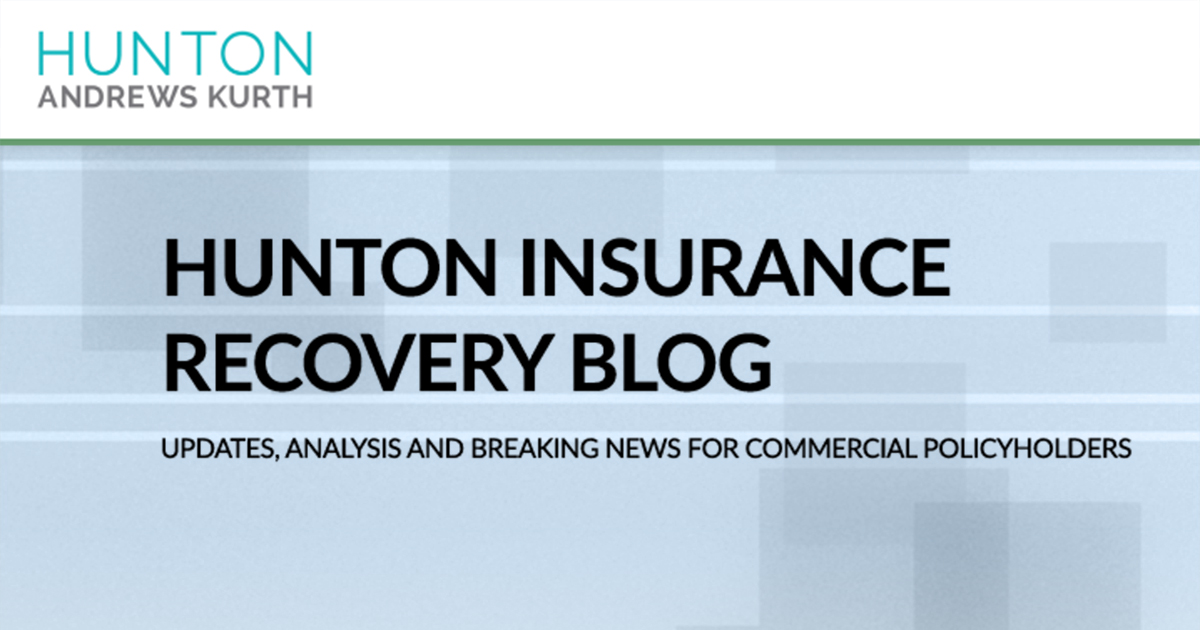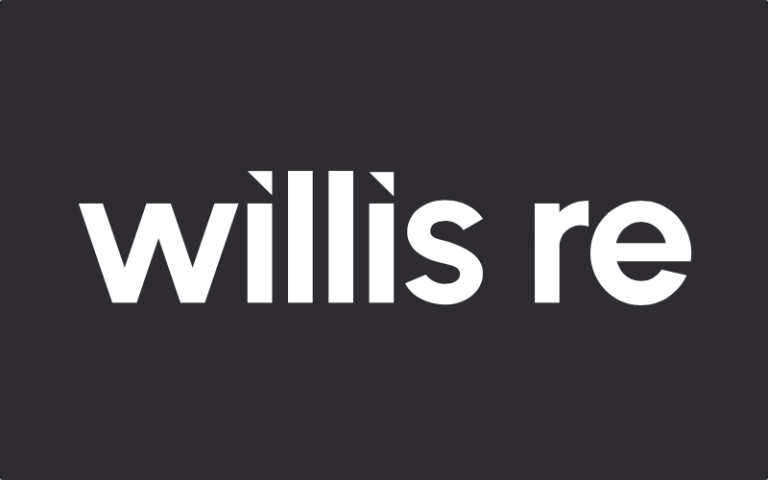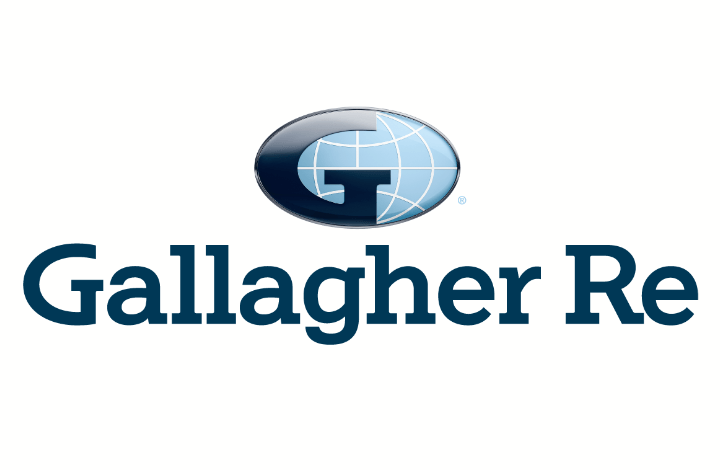
In what may be entirely unprecedented, the New York Department of Financial Services (NYDFS), the insurance regulatory body for insurers operating in New York, has ordered that all property and casualty insurers authorized to issue policies in New York to provide details on the business interruption coverage provided in the types of policies for which it has ongoing exposure for COVID-19 related losses. A copy of the NYDFS March 10, 2020 Order (Order) can be found here.The Order recognizes the substantial impact that policyholders are likely to experience from the COVID-19 pandemic. To facilitate the handling and payment of claims, the Order requires that insurers “explain to policyholders the benefits under their policies and the protections provided in connection with COVID-19.” Specifically, the Order required that each insurer do the following by March 18, 2020, with respect to the policies each has written: Identify the volume of business interruption coverage, civil authority coverage, contingent business interruption coverage and supply chain coverage effective as of March 10, 2020; Examine its policies and provide a clear, concise and policyholder-friendly explanation of each coverage as it may apply to COVID-19 losses, both presently and in anticipation of future related developments (e., is there any potential for coverage as a result of COVID-19); Provide each policyholder a written explanation of: a. The type of commercial property insurance held by each policyholder; b. Whether the policy provides “business interruption” coverage and, if so, the “covered perils” under the policy, whether the policy contains a requirement for “physical damage or loss” and whether contamination related to a pandemic may constitute “physical damage or loss;” c. A description of the type of damage or loss sufficient to trigger coverage under the policy; d. Whether the policy provides “civil authority” coverage and, if so, the type of damage or loss sufficient to trigger that coverage, any relevant limitations under the policy, and whether a civil authority order prohibiting or impairing the policyholder’s access to its covered property in connection with COVID-19 is sufficient for coverage under the policy; e. Whether the policy provides “contingent business interruption” coverage and, if so, the type of damage or loss sufficient to trigger coverage, a list of the “covered perils” under the policy, whether the policy contains a requirement for “physical damage or loss” and whether contamination related to a pandemic may constitute “physical damage or loss;” and f. Whether the policy provides “supply chain” coverage and, if so, whether such coverage is limited to named products or services from a named supplier or company, whether the policy contains a requirement for “physical damage or loss” and whether contamination related to a pandemic may constitute “physical damage or loss.” Finally, for each coverage described above, insurers must provide the applicable waiting period under the policy as well as the duration that each coverage will last once it has been implicated. Policyholders in New York should be on the lookout for notices from their insurers.The NYDFS Order is likely only the beginning of the extraordinary steps regulators will be taking to manage the widespread losses that will result from the COVID-19 pandemic. Insurers have long-marketed so-called “multi-peril” and “all risk” commercial property policies based on their broad scopes of coverage. It is comforting that regulators are proactively taking steps to hold insurers to their obligations. How insurers respond to the Order will be telling and should provide early insight to the challenges that lie ahead for businesses in need of their insurance recoveries.
Publisher: Hunton Insurance Recovery








